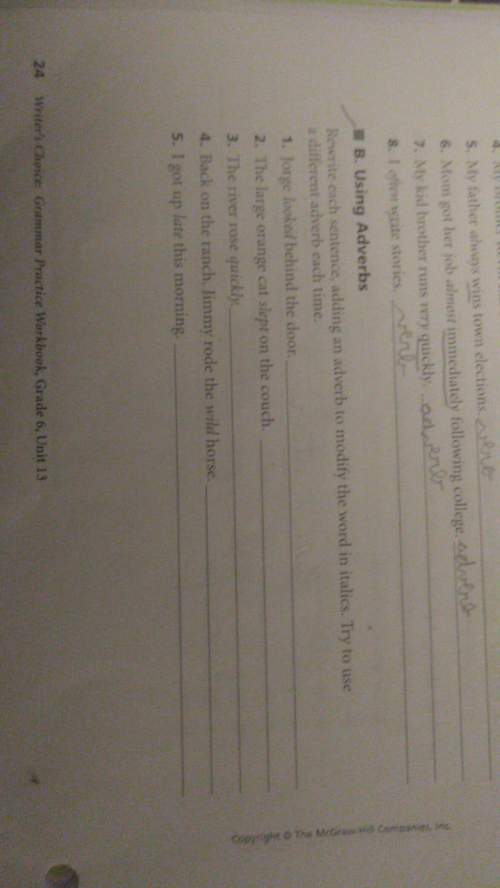Civil Disobedience
Part 2:
Thoreau’s ideas had a profound effect on a man named Gandhi....

Civil Disobedience
Part 2:
Thoreau’s ideas had a profound effect on a man named Gandhi. Gandhi, was a leader in India who worked to end British rule. He led India to independence and inspired many to non-violent forms of protest and resistance. He fought to end poverty, worked to expand women's right to vote, and built bridges between ethnic and religious groups. Like Thoreau, he lived simply, owned very little, and ate a vegetarian diet. In India, Gandhi's form of protest was called the "non-cooperation movement." He urged Indians to boycott British education systems and leave government jobs. The movement was very popular, and in part to stop its spread, the British controlled government arrested him. After a few years, he was released and became active in politics again. He inspired many to follow him on marches to protest various taxes. On one such march, thousands followed him 240 miles over 24 days to the sea to protest a salt tax. This march set the example of non-violent resistance to the government that others in the country followed. Eventually India won independence from Britain, in large part because of Gandhi work.
Gandhi's model of resistance and reform was creative, appealing, and successful. As a result, Dr. Martin Luther King looked to Gandhi when the time came to find a way to resist segregation in the South. The lunch counter protests, famous for the passive response to anger, and even violence, aimed to end the separation enforced by laws in some regions of the South. King also organized walks, marches, and bus rides that were meant to bring attention to the issues facing African Americans. These forms of protest were directly modeled on Gandhi's, but King took them straight to the source of oppression. Where Gandhi's protests created awareness and built momentum, King's protests were in the face of great hatred and fear. The passive, non-violent protests were ultimately effective, mainly because the passive response to violence cast the opposition as brutes. However, change came slowly and at the cost of many lives. King remained committed to peaceful protest, however, until his death. King learned from Gandhi, expanding on what worked, applying old techniques to a new problem. Gandhi owed his philosophy, in part, to a New England poet who loved the woods.
Which best explains how the idea of non-violent protest has changed since Thoreau?
It has adapted to the needs of those working for change.
It has become less and less aggressive and confrontational.
It has given people more chance to object to government.
It has taken fewer and fewer risks with people's lives.

Answers: 1


Other questions on the subject: English

English, 21.06.2019 22:00, HelenKellerwasaSlutt
Read this excerpt from leah missbach day's foreword to wheels of change. as wbr's resident photographer i am privileged to see firsthand the impact bicycles have on the lives of our recipients. why does the author include this excerpt?
Answers: 3

English, 22.06.2019 06:10, marisajuarez14
The playwright would be able to express __ but the painter likely would not
Answers: 2

English, 22.06.2019 10:00, cdvorak8811
Throughout the giver, author lois lowry renames many everyday terms. eleven-year-olds are "elevens," babies are "newchildren," stuffed animals are "comfort objects," and families are called "family units." what is the purpose of these alternate labels? what effect do they have on the story?
Answers: 2

You know the right answer?
Questions in other subjects:


Biology, 04.09.2020 20:01

Chemistry, 04.09.2020 20:01


Mathematics, 04.09.2020 20:01




Social Studies, 04.09.2020 20:01




